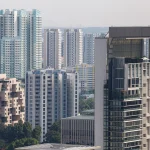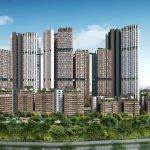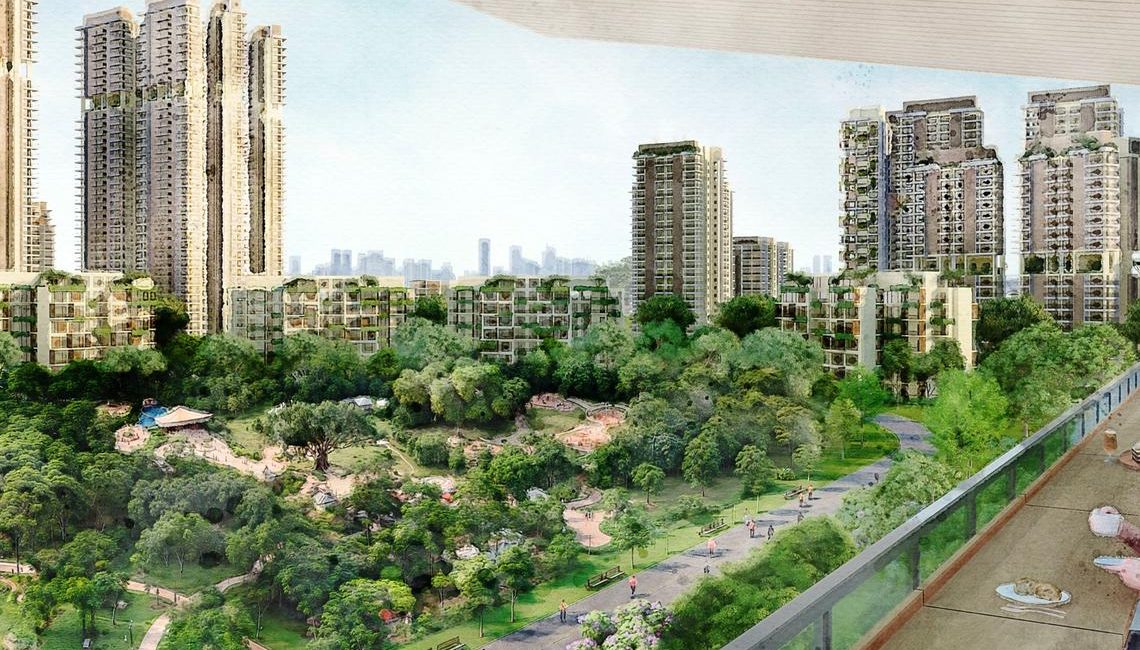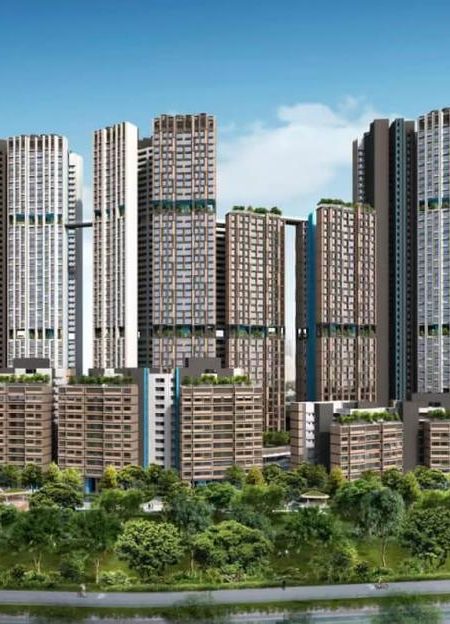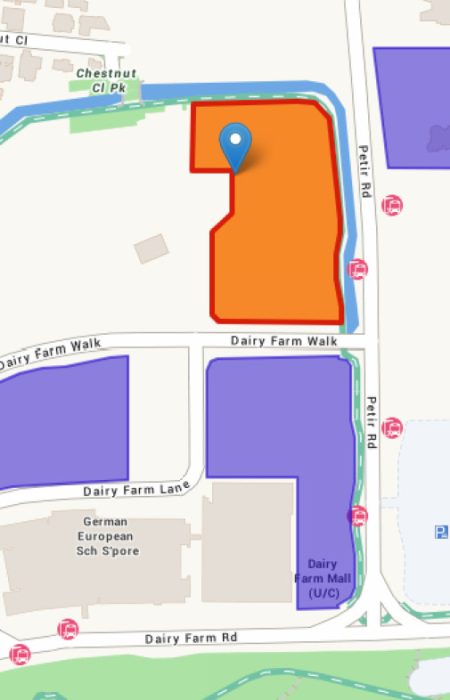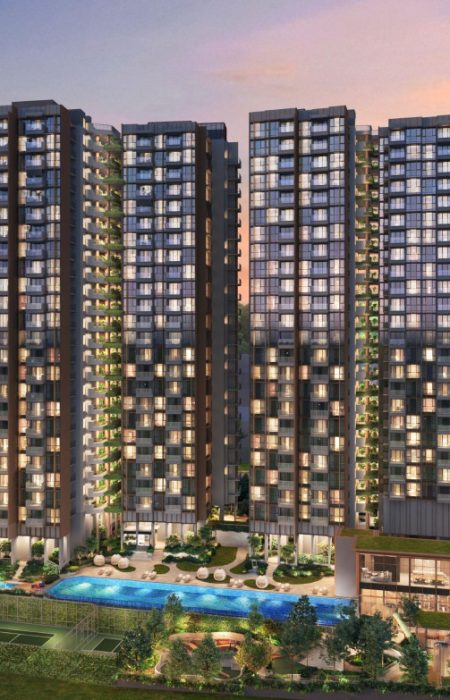1. Overview of Singapore’s 2025 Property Market
The Singapore property market in 2025 is witnessing a period of cautious optimism, shaped by a balance between strong buyer interest and government cooling measures. Despite global economic uncertainties, Singapore’s real estate sector continues to show resilience due to its stable economy, high demand for housing, and limited land supply.
The government’s long-term urban planning strategies and sustained investment in infrastructure continue to make Singapore one of Asia’s most attractive real estate markets. Both private and public housing segments—HDB and condominiums—have displayed steady performance, albeit with a slower pace of price growth compared to the previous year.
2. Housing Prices: Stabilizing After Rapid Growth
After the rapid price surge from 2021 to 2023, the Singapore property market in 2025 is showing signs of stabilization. According to real estate analysts, the overall private residential price index has grown modestly by 2–3% in the first half of the year, suggesting that the market is cooling but not declining.
HDB resale prices, which had seen record highs during the pandemic years, are now stabilizing due to increased supply from new Build-to-Order (BTO) projects and stricter loan regulations. Buyers are becoming more selective, focusing on value, location, and future potential rather than rushing to purchase.
3. Key Drivers Influencing the 2025 Market
Several factors are shaping the Singapore property landscape this year:
- Interest Rate Adjustments: With global central banks gradually easing monetary policy, mortgage rates in Singapore have begun to stabilize. This is encouraging buyers who previously delayed purchases due to high borrowing costs.
- Government Cooling Measures: The Additional Buyer’s Stamp Duty (ABSD) and Loan-to-Value (LTV) limits continue to play a critical role in maintaining market balance.
- Sustainability and Smart Homes: Developers are increasingly integrating green technology, energy-efficient materials, and smart home systems to meet rising demand for sustainable living.
- Population Growth and Employment Stability: As Singapore continues to attract global talent, housing demand remains supported by a growing professional population.
4. Rise of Suburban and Fringe Areas
A major trend in 2025 is the growing interest in suburban and fringe regions such as Tengah, Woodlands, and Tampines North. These areas are gaining popularity due to their affordability, improved connectivity, and planned infrastructure developments.
With the expansion of the MRT network and mixed-use developments, many buyers are seeing long-term investment value in these regions. Suburban condominiums and executive condominiums (ECs) are increasingly favored by young families and upgraders who seek larger living spaces at more reasonable prices.
5. Luxury and Prime Districts Maintain Strong Demand
Despite the cooling measures, luxury properties in Districts 9, 10, and 11 continue to attract affluent local and foreign buyers. Singapore’s status as a global financial hub, political stability, and transparent legal system make it a preferred destination for high-net-worth individuals.
Developments like Orchard Boulevard Residences and Marina Bay new launches are setting new benchmarks for premium real estate, offering exclusive designs, wellness amenities, and unmatched city views.
6. HDB Market: More Supply and Balanced Demand
The Housing & Development Board (HDB) continues to play a pivotal role in providing affordable housing to Singaporeans. In 2025, more BTO projects are being launched in both mature and non-mature estates to meet growing demand.
Resale HDB transactions have stabilized, with prices showing minimal quarterly changes. Buyers are more cautious, evaluating long-term financial commitments amid economic uncertainties. However, well-located flats near MRT stations or upcoming transport hubs still command strong demand.
7. Rental Market Trends
The rental market in Singapore remains robust in 2025, though growth has slightly moderated compared to 2023–2024. The easing of travel restrictions and inflow of expatriates are keeping rental demand steady, especially in central and fringe areas.
New rental listings have increased due to recent project completions, leading to a healthier supply-demand balance. Rents for prime areas like Orchard and River Valley remain high, while suburban rentals show more stability and affordability for families and professionals.
8. Impact of Global Economy and Technology
Singapore’s property market remains sensitive to global economic trends. The recovering regional economy, growth in technology-driven industries, and steady foreign direct investments are fueling confidence among both local and international investors.
Moreover, PropTech innovations—such as AI-based property valuation tools, virtual home tours, and blockchain-enabled real estate transactions—are revolutionizing how buyers and agents interact. This digital transformation enhances transparency and efficiency in the property buying process.
9. Future Outlook: What to Expect in 2026
Looking ahead, analysts expect moderate but steady growth in Singapore’s real estate sector. The focus will likely shift toward sustainability, smart living, and integrated urban ecosystems. With new housing initiatives under the Long-Term Plan Review and continued infrastructure expansion, Singapore’s property market remains positioned for long-term stability.
For buyers and investors, the coming year offers opportunities to secure properties at more balanced prices before potential growth resumes. Those focusing on long-term capital appreciation and rental yield will find select segments—especially suburban condos and sustainable developments—particularly promising.
10. Conclusion
The Singapore property market in 2025 reflects a mature, well-regulated environment driven by strategic planning, balanced growth, and evolving buyer preferences. Whether it’s first-time homeowners, seasoned investors, or expatriates, opportunities remain across different market segments.
As the market transitions from rapid expansion to sustainable growth, the key to success lies in careful research, long-term perspective, and choosing properties aligned with lifestyle and financial goals.



